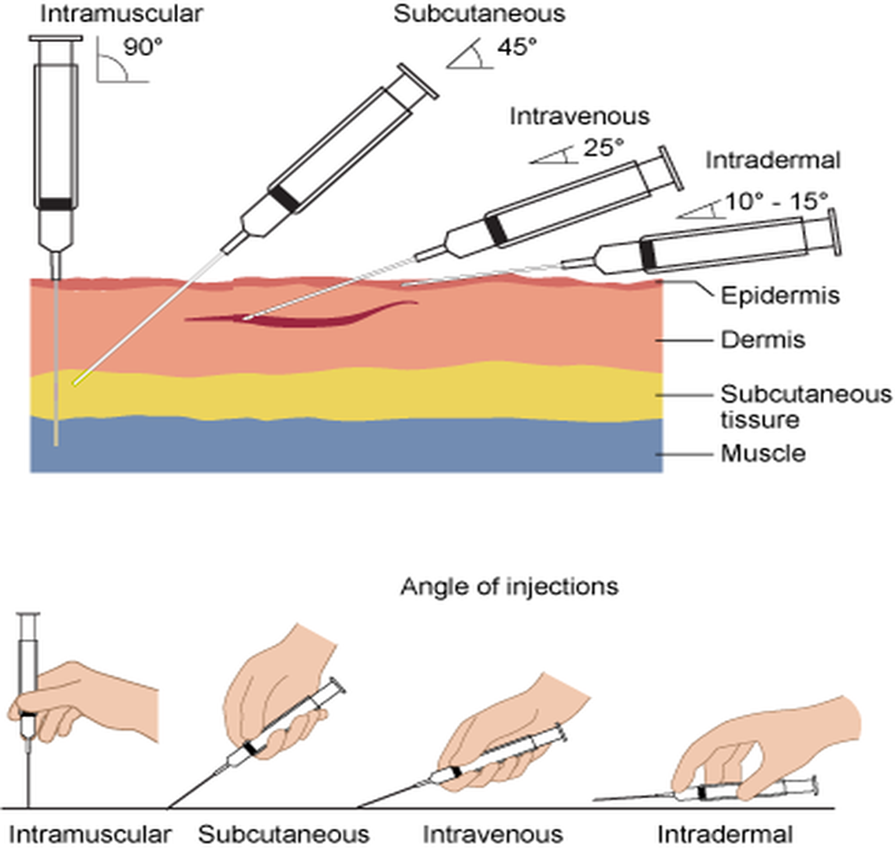How many times should an EDTA tube be inverted after blood collection?
5 to 7
2 to 4
1 to 3
8 to 10
The Correct Answer is D
Choice A Reason:
Inverting the tube 5 to 7 times may not be sufficient to mix the blood thoroughly with the EDTA. This could lead to partial clotting and potentially inaccurate test results. The EDTA anticoagulant works by binding calcium ions, which are necessary for blood clotting. Without adequate mixing, the EDTA may not be evenly distributed, leaving some areas of the blood sample able to clot.
Choice B Reason:
Inverting the tube only 2 to 4 times is inadequate for proper mixing. This minimal agitation would likely result in clot formation because the anticoagulant would not be sufficiently mixed with the blood. Clots can interfere with the accuracy of hematological tests by trapping cells and altering the specimen's composition.
Choice C Reason:
Inverting the tube 1 to 3 times is clearly insufficient and would almost certainly lead to clotting. The purpose of inverting the tube is to ensure that the EDTA coats all the blood cells, preventing coagulation. Such a low number of inversions would not allow for the anticoagulant to perform its function effectively.
Choice D Reason:
Inverting the tube 8 to 10 times is the recommended practice. This number of inversions ensures that the blood is fully mixed with the EDTA, preventing clot formation and preserving the integrity of the sample for accurate laboratory analysis. It is important to perform these inversions gently to avoid hemolysis, which can also affect test results. Hemolysis occurs when red blood cells are damaged and their contents leak out, which can happen if the blood is shaken too vigorously.
Nursing Test Bank
Naxlex Comprehensive Predictor Exams
Related Questions
Correct Answer is C
Explanation
Choice A reason:
Having the bevel down at a 30° angle is not the correct needle position for venipuncture. The bevel of the needle should be facing up to allow for a smoother insertion and to minimize the risk of damaging the vein or causing discomfort to the patient.
Choice B reason:
Positioning the bevel up at a 45° angle is not recommended for venipuncture as this angle is too steep and could lead to the needle penetrating through the vein, potentially causing a hematoma or other complications.
Choice C reason:
The bevel up at a 30° angle is the correct position for venipuncture. This position allows the phlebotomist to insert the needle with the bevel facing upwards, which is the sharpest part of the needle, ensuring a clean entry into the vein. The 30° angle is shallow enough to enter the vein without going through it and causing injury.
Choice D reason:
A bevel down at a 45° angle is incorrect for the same reasons as choice B. Additionally, with the bevel down, the non-beveled side, which is duller, would make the initial contact with the skin, potentially causing more pain and making it more difficult to penetrate the vein.

Correct Answer is D
Explanation
Choice A reason:
Gastrin is a hormone that stimulates the secretion of gastric acid by the stomach. While it is a critical component in the digestive process, gastrin is not typically sensitive to light, and therefore, does not require protection from light during handling and transportation.
Choice B reason:
Ammonia testing involves measuring the amount of ammonia in the blood, which can indicate liver function and is used in the diagnosis of hepatic encephalopathy. Ammonia levels are not generally affected by light; thus, special precautions to protect from light are not necessary.
Choice C reason:
Pyruvate is a key intermediate in several metabolic pathways throughout the cell. Pyruvate itself is not considered photosensitive, and standard precautions for handling and transportation are sufficient to maintain its integrity.
Choice D reason:
Bilirubin is a breakdown product of red blood cells and is measured to evaluate liver function and to assess jaundice. Bilirubin is known to be photosensitive; exposure to light can cause it to break down, which can affect the accuracy of test results. Therefore, specimens for bilirubin testing must be protected from light during handling and transportation to ensure valid results.
Whether you are a student looking to ace your exams or a practicing nurse seeking to enhance your expertise , our nursing education contents will empower you with the confidence and competence to make a difference in the lives of patients and become a respected leader in the healthcare field.
Visit Naxlex, invest in your future and unlock endless possibilities with our unparalleled nursing education contents today
Report Wrong Answer on the Current Question
Do you disagree with the answer? If yes, what is your expected answer? Explain.
Kindly be descriptive with the issue you are facing.
